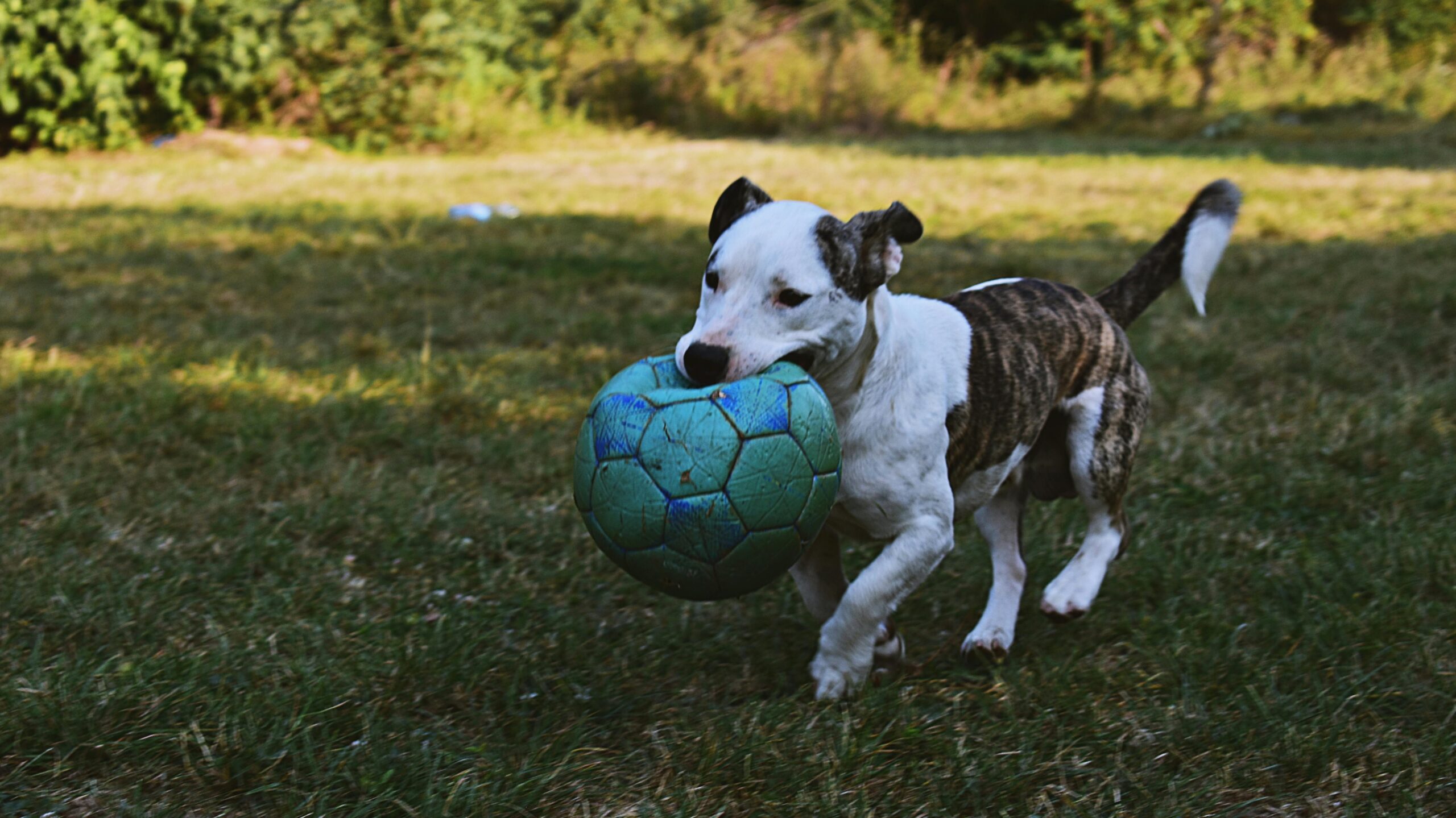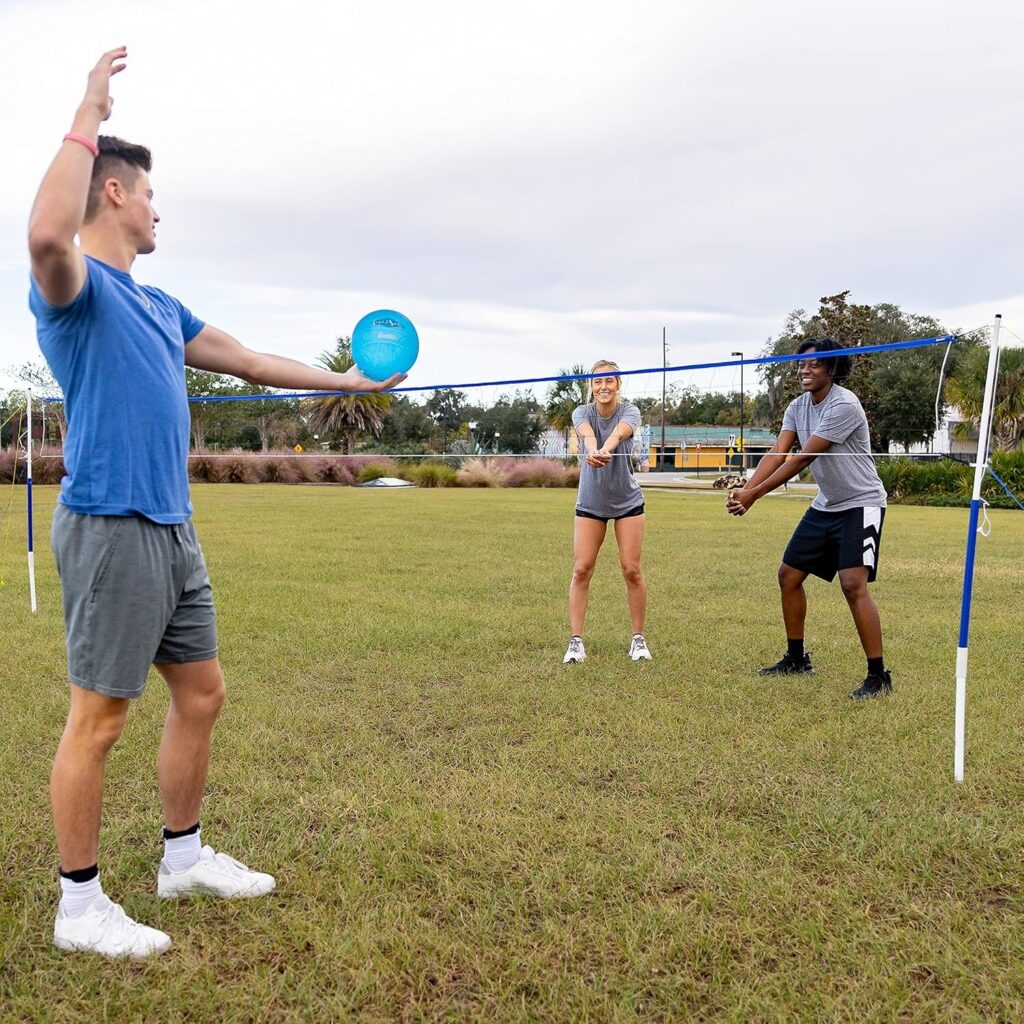When my rescue mutt, Juniper, first bounded into our new yard, she seemed to stretch in every direction at once—ears pricked at the fence line, nose glued to dandelions, tail wagging like a metronome gone rogue. Her joy lasted precisely nine minutes, until I realized she’d sampled a toxic lily, tunneled under the cedar planter, and discovered a gap in the back fence wide enough for a Great Dane to slip through. Those frantic first weeks taught me the hard truth: a great backyard for people can be downright hazardous—or downright boring—for dogs.

1. Observe First, Design Second
Before swinging a shovel, spend a couple of days simply watching your dog outside—ideally at different times of day.
| Dog Behavior | Design Implication |
|---|---|
| Paces the perimeter | Reinforce fencing, add a patrol path |
| Naps in shady corner | Prioritize shade structures there |
| Digs single “crater” | Create a sanctioned dig pit nearby |
| Grazes on grass | Plant safe, edible greens or deter grazing |
Juniper’s habit of sentry pacing inspired a compacted-gravel loop along the fence—no more muddy ruts, and she can patrol in style. Every design choice that followed honored a behavior I’d already observed instead of denying it.
2. Safety First: Secure the Perimeter
A dog-friendly yard starts with containment. Even the most obedient pup can become Houdini when a squirrel taunts from the other side.
- Fence Height & Material
Small breeds might never scale four feet, but athletic jumpers (think shepherds, huskies) can clear five without a running start. Our sweet spot became a six-foot cedar picket fence with 2-inch board spacing—tight enough to block escape yet open enough for breeze. - Underground Reinforcement
If digging is your nemesis, bury hardware cloth or chicken wire 12 inches deep, bent outward in an L-shape. Commercial “dig guard” panels snap onto existing chain link for quicker installs. - Gate Protocol
Double-gated entryways (aka “airlocks”) keep dogs from darting into the street. At minimum, add self-closing hinges and a high latch. - Visual Barriers
Reactive barkers often calm down if they can’t see passing dogs. Reed screens or privacy slats lower stimulus without sacrificing airflow.
3. Plant Wisely: Beauty Without the Vet Bill
The American Society for the Prevention of Cruelty to Animals (ASPCA) maintains a hefty list of plants harmful to pets. Below is a mini cheat sheet from my own experience:
| Safe & Lovely | Handle With Care (Mild) | Absolutely Avoid (Toxic) |
|---|---|---|
| Marigold | Daylily | Oleander |
| Camellia | Lavender | Sago palm |
| Snapdragons | Mint | Foxglove |
| Rosemary | Hostas | Autumn crocus |
| Blue Fescue | Hibiscus | Lily (many species) |
Strategies for guilt-free greenery
- Zone defense: Place toxic ornamentals in front-yard beds your dog can’t reach and reserve the back for pet-safe species.
- Raised planters: Juniper can’t fit her snout into my 24-inch-high cedar veggie boxes, so lettuce and strawberries thrive.
- Mulch matters: Cocoa hull mulch smells like heaven but contains theobromine (the chocolate toxin). Stick with untreated pine, cedar, or stone.
4. Provide Shade and Climate Comfort
Dogs regulate body temperature less efficiently than humans, especially brachycephalic breeds like pugs or bulldogs.
- Natural Canopy: Mature trees are gold. If you’re starting from scratch, plant fast-growing shade trees (e.g., red maple, tulip poplar) on the southern exposure but away from utility lines.
- Pergolas & Sailcloth: A basic 10 × 10 pergola with 50 percent-shade cloth keeps patio temps 10 °F cooler. We mounted ours low enough to block afternoon sun yet high enough for circulation—and added misting nozzles for 20 bucks.
- Cooling Stations: Fill a shallow kiddie pool or galvanized tub with 3–4 inches of water. Rinse daily to deter mosquitoes. For winter, swap pool for insulated dog house stuffed with straw or cedar shavings.
5. Designated Dig Zone: Channel the Instinct
Digging isn’t misbehavior; it’s a hard-wired canine impulse for cooling, hunting, or pure fun. Rather than fight it, redirect.
How to Build a Dig Pit
- Mark a 4 × 6-foot rectangle in a low-visibility corner.
- Excavate 8 inches, line with weed fabric to deter roots.
- Fill halfway with play sand, half with topsoil—a combo dogs love for texture.
- Bury chew toys or treats initially to teach “this spot pays.”
- Praise whenever paws hit the pit; gently escort them there when they dig elsewhere.
Juniper now beelines to her sand pit, sparing my herb garden. Maintenance involves weekly raking and hose-flushing to keep odors down.
6. Paths and Runways: Honor the Zoomies
Backyard zoomies—sudden bursts of sprinting—are a sign of happiness and self-exercise. Designing lanes prevents turf destruction.
- Materials: Decomposed granite, pea gravel, or bark mulch cushion joints and drain well.
- Layout: Follow fence lines or create figure-eight loops around garden beds. Our 30-inch-wide path doubles as a maintenance lane for pruning hedges.
- Edge Restraints: Bender-board or metal edging keeps loose material from spilling into lawns.
7. Stimulating Features: Engage Mind and Body
A bored dog is a destructive dog. Layer enrichment to keep curiosity high.
- Scent Posts
Add vertical cedar stumps or chunky driftwood. Drizzle diluted chicken broth or sprinkle dried herbs for exploratory sniffing—works like social media for dogs. - Agility Elements
PVC-pipe weave poles, a DIY A-frame from plywood, or even a simple balance beam (2 × 6 plank on bricks) builds confidence and coordination. - Interactive Water Play
Motion-activated sprinkler toys (try the “Splash Pad” discs) encourage play on hot days. Start on low pressure to avoid fear. - Foraging Lawn
Overseed a small patch with dog-safe microclover and scatter kibble. Sniff-and-search feeding fulfills natural scavenging drives.
Rotate toys weekly; novelty stimulates like a new puzzle each time.
8. Sanitation and Odor Control
Even paradise can stink if you ignore waste management.
- Potty Zoning: Train dogs to eliminate in one gravel or mulch corner using leash guidance and treat rewards. Hose down weekly; sprinkle enzyme-based deodorizer monthly.
- Composting Dog Waste: Standard compost piles don’t reach temperatures high enough to kill pathogens. Instead, install a dog-doo digester—basically a mini septic system using anaerobic bacteria and septic enzymes.
- Urine Spots: Flush with water within eight hours to dilute nitrogen. Alternatively, tall fescue grass resists “burns” better than Kentucky bluegrass.
9. Water Management: Mud Prevention Without Killing the Vibe
Rain plus dogs equals mud missiles.
- French Drains & Swales: Direct roof runoff away from high-traffic zones.
- Paw Wash Station: We installed a hose-bib splitter and a waist-high shelf at the side gate. A simple garden sprayer with warm-water line (if possible) plus microfiber towels saves floors.
- Porous Pavers: Where grass always thinned, we laid permeable pavers filled with pea gravel—mud gone, drainage intact.
10. Lighting and Nighttime Safety
Dogs need nighttime potty breaks; good lighting keeps them—and your ankles—safe.
- Motion-Sensor LEDs: Install at gate and patio exit. Battery-powered models stick to wood and last months.
- Low-Voltage Path Lights: Highlight runways without ruining stargazing.
- Reflective Markers: Paint the edge of steps or raised planters with glow-in-the-dark paint; surprisingly handy after a midnight bark-alarm.
11. Noise Considerations: Happy Neighbors, Happy Life
Barking can spoil neighbor relations faster than unbagged poop.
- Sound Dampening Greenery: Dense hedges (e.g., arborvitae, viburnum) absorb noise better than fences alone.
- White-Noise Water Feature: A small bubbling fountain masks ambient sounds that trigger barking.
- Desensitization Sessions: Spend 10 minutes daily rewarding calm behavior as neighbors pass by. Combine with visual barriers for double effect.
12. Budget Tips: Dog Comfort Without Draining Yours
| Project | DIY Cost | Pro Install |
|---|---|---|
| 6 × 6 Dig Pit | $85 (sand, soil, fabric) | $300+ |
| Shade Sail (12 × 16) | $120 | $450 |
| Gravel Patrol Path (30 ft) | $200 | $700 |
| PVC Agility Set | $60 | $250 kit |
Buying materials off-season stretches dollars further. Our local lumberyard discounts cedar in February—perfect timing for spring builds.
13. Seasonal Maintenance Checklist
Spring:
- Inspect fence boards and latches.
- Refresh mulch, especially in dig pit.
- Pressure-wash paths to curb algae.
Summer:
- Deep-water shade trees; refill kiddie pool daily.
- Freeze broth cubes for cooling treats.
- Check for ticks post-romp.
Fall:
- Aerate and overseed high-traffic lawn zones.
- Replace worn agility elements before wet season.
- Clean gutters to prevent puddles.
Winter:
- Provide straw bedding in dog house.
- Clear ice from gate mechanisms.
- Rotate outdoor toys indoors to keep interest high.
14. Training Integration: Manners Meet Environment
A dog-friendly yard shines brightest with basic obedience woven in.
- Boundary Cues: Teach “Wait” at gates and patio doors—reduces darting.
- Recall Zones: Practice “Come” from distractions like birds or neighbor dogs. Reward heavily.
- Leave It: Essential for toxic mushrooms or tempting garden beds.
Integrating training into daily yard time beats marathon sessions. Five minutes before morning coffee and another before dinner builds behavior momentum.
Final Reflections: Sharing the Space
Creating a dog-friendly backyard isn’t a one-and-done project; it’s an evolving dance between canine curiosity and human creativity. Juniper’s antics still spark modifications: the day she discovered vertical fetch (launching tennis balls off the deck stairs) we added a rubber landing pad. Our space now balances fragrant herb beds, a reading hammock, and enough stimuli to exhaust a border collie.
Remember, perfect aesthetics matter less than daily joy and safety. Start with secure fences, layer in enrichment, and let your dog’s behaviors guide revisions. Soon enough you’ll sip iced tea while your pup zooms past, ears flapping and eyes bright, and you’ll realize the backyard isn’t just dog-friendly—it’s life-friendly. Here’s to wagging tails, lush grass underfoot, and the shared freedom of the great (back) outdoors.

